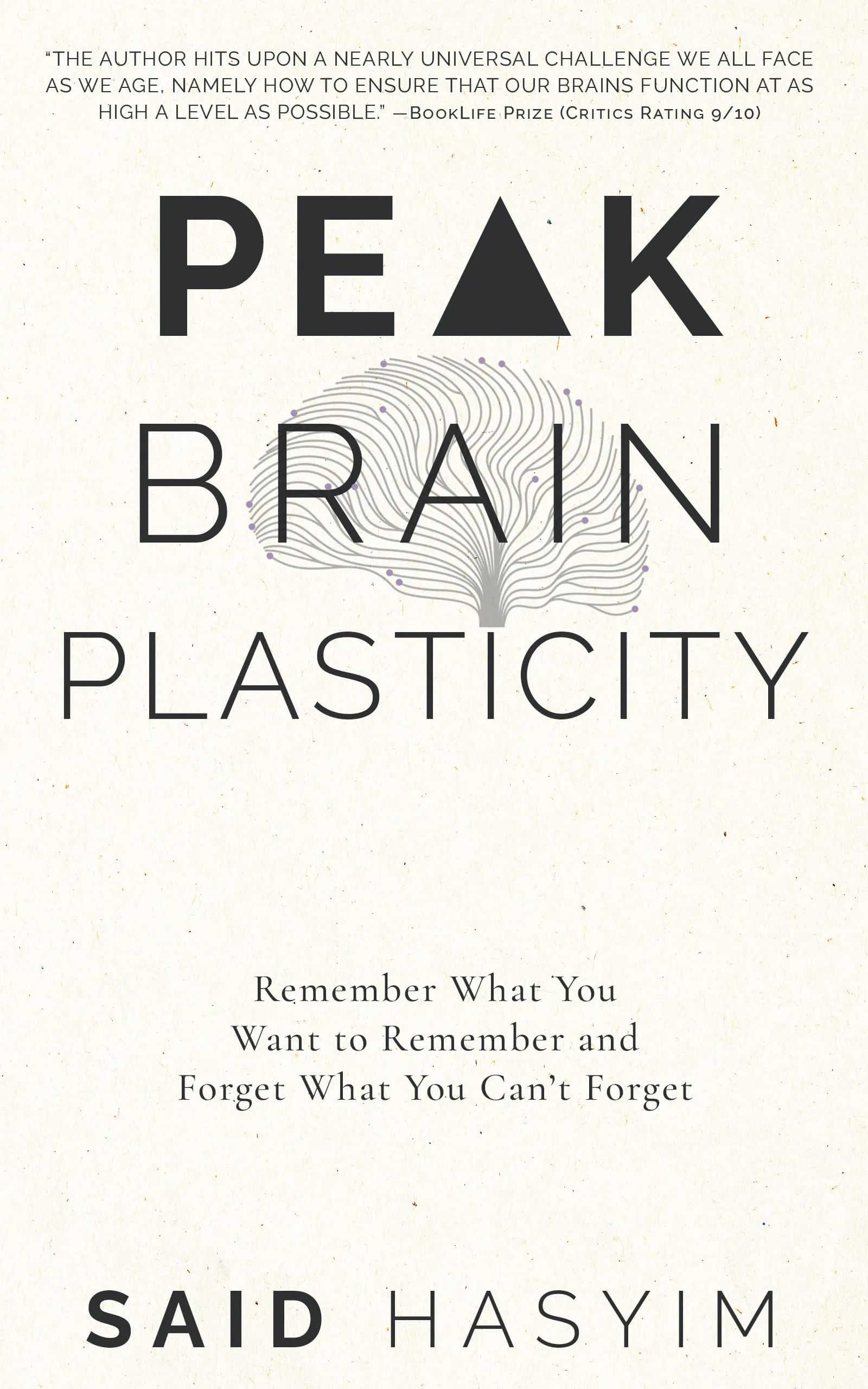The Memory Map: Understanding Your Internal Journey
Every individual carries around an intricate and unique landscape shaped by experiences, emotions, and memories—what we can refer to as our internal journey. Much like a geographical map, our memory influences how we navigate the world, informing our decisions, relationships, and perspectives. In this blog post, we'll explore what constitutes this memory map, how it develops over time, and practical ways to understand and effectively utilize it in our everyday lives.
What is a Memory Map?
A memory map is an internal representation of our experiences and memories, akin to a mental GPS. It’s rich with emotional connections and past events, creating a network that informs how we view the present and anticipate the future. Each memory acts as a waypoint on this map, some more prominent than others, shaped by significance, intensity, or context.
The Components of Your Memory Map
Experiences: Life events, both big and small, contribute to the formation of our memory map. These can range from childhood milestones to everyday occurrences.
Emotions: Emotional responses play a pivotal role in how memories are stored. Positive experiences might be cherished and easily recalled, while negative ones may be suppressed or misremembered.
Perceptions: How you perceive events shapes not just the memory itself but also its significance. Two individuals may have entirely different memories of the same event based on their perspectives at the time.
Narratives: Over time, we craft narratives around our memories—stories that help us make sense of experiences. These narratives contribute to our identity and influence our beliefs and behaviors.
The Development of Your Memory Map
Our memory map is not static; it evolves continuously throughout our lives. Several factors contribute to this development:
Age and Maturity: As we grow older, our capacity for memory and emotional understanding increases. Childhood memories are often more vivid and can stay with us when compared to mundane daily activities.
Repetition and Reflection: The more we revisit and reflect on a memory, the stronger it becomes. This reinforcement helps solidify its place on our mental map.
Cultural Influence: Our cultural background influences not just what memories we make but also how we interpret and remember them. Shared cultural experiences often create collective memory maps within communities.
External Influences: Friends, family, and societal events can prompt us to rethink or reassess our memories, either reinforcing them or reshaping them.
Understanding Your Memory Map
To navigate your internal journey effectively, it’s essential to comprehend your memory map. Here are several strategies to help you do so:
1. Journaling
Writing down memories and reflections allows you to track changes over time. Journaling can also help you gain perspective about certain events and understand how they contribute to your current state of mind.
2. Mind Mapping
Create a visual representation of your memories. Use drawings or diagrams to connect various memories and experiences. This exercise can reveal patterns or themes that you might not have recognized before.
3. Meditation and Mindfulness
Engaging in mindfulness practices helps you access your memories with clarity and without judgment. It encourages you to observe your thoughts and feelings, allowing for a deeper understanding of how your memory influences your present self.
4. Conversing with Friends and Family
Sharing memories with loved ones can provide insights into how others perceive shared experiences. This exchange can help validate your memories or introduce new perspectives.
5. Therapeutic Exploration
Working with a therapist can be invaluable in understanding and unearthing deeper implications of certain memories in your life. Through guided conversations, you can explore patterns that may be holding you back.
The Importance of Memory
Understanding your memory map is vital for multiple reasons.
Self-Awareness: Gaining insight into your memory can lead to greater self-awareness. Knowing why you react to certain situations enables personal growth and better decision-making.
Healing Emotional Wounds: By revisiting and understanding painful memories, you can work toward healing and reconciliation, releasing longstanding emotional burdens.
Improved Relationships: Recognizing how your memories shape your interactions with others can lead to improved communication and connection with loved ones.
Empowerment: Ultimately, understanding your memory map empowers you to take control of your narrative, allowing you to reshape your identity and future.
Conclusion
Your internal journey is a complex amalgamation of experiences, emotions, and beliefs, all laid out on a personal memory map. By taking the time to understand this map, you can navigate your world with greater confidence and clarity. The key is to engage with these memories thoughtfully and compassionately, recognizing them not just as fragments of the past but as integral components of who you are today.
As you delve into the intricacies of your memory map, remember that every journey is unique. Embrace the winding paths and unexpected detours along the way—they often lead to the most profound growth and understanding.
Harness the Power of Neuroplasticity
Discover Peak Brain Plasticity, a practical book to harnessing neuroplasticity. Enhance your memory, learn new languages quickly, and alleviate anxiety with effective study methods. Uncover daily habits that impact cognitive health and explore techniques for accelerated learning and memory retention. Unlock your brain's potential for growth and transformation.
